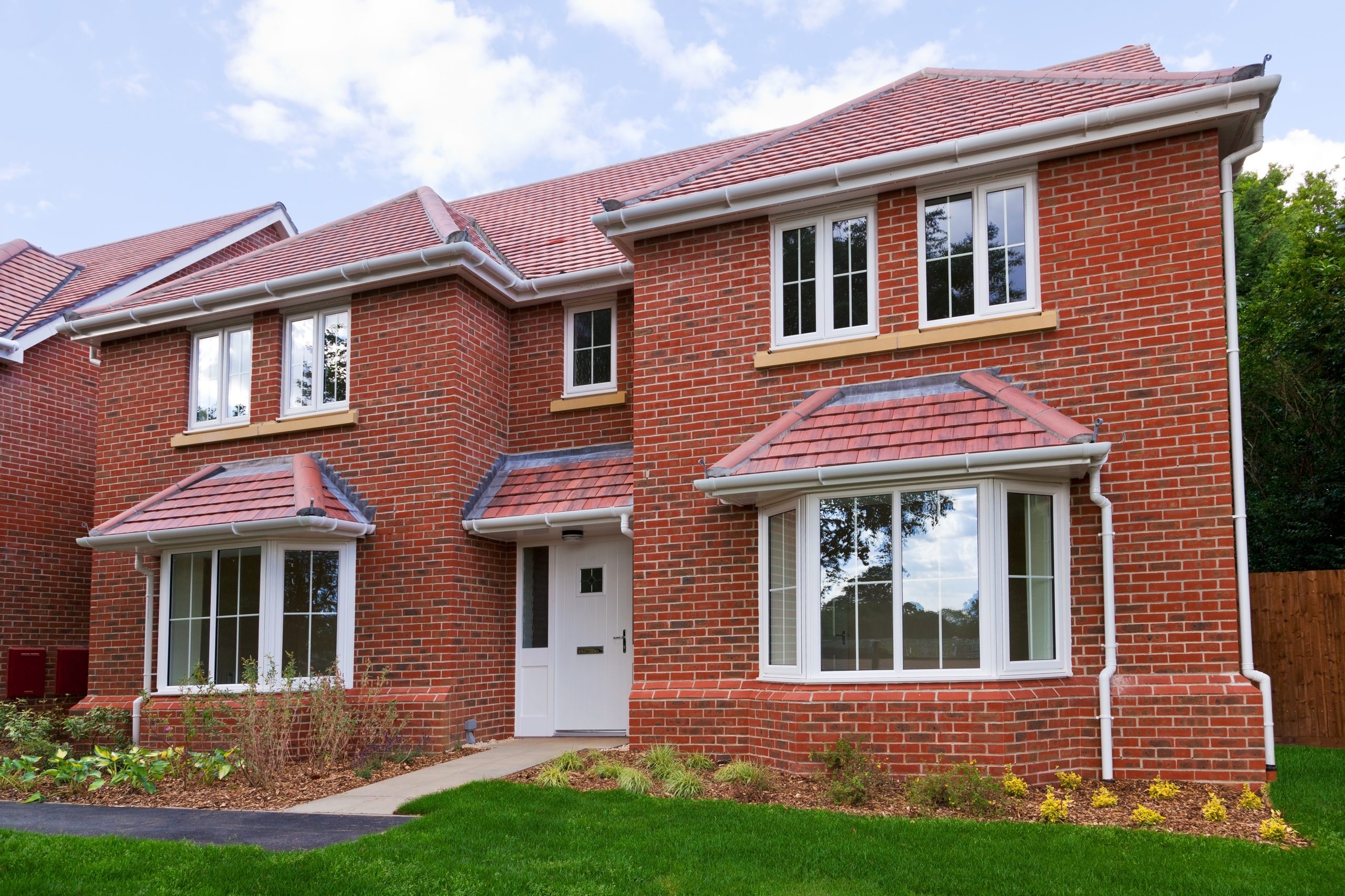
Protecting Unoccupied Property
| In a time when redundancies and repossessions are widespread, your firm may be forced to manage unoccupied property. The insurance risks and liabilities associated with owning unoccupied property can be extensive, and to ensure you are adequately protected, it is important to know these risks. In addition to purchasing comprehensive insurance cover, there are numerous preventive strategies for maintaining unoccupied properties to reduce risk and liability. Potential Risks First, unoccupied buildings are an obvious target for theft, trespassing and vandalism. In addition to any loss or property damage that may occur, keep in mind that the owner of a property can be held liable for criminal activities or accidents that take place on the premises. Unoccupied properties are also susceptible to damages such as fire, water damage, electrical explosions and mould. These incidents often occur in unoccupied buildings due to undetected issues, where someone in an occupied building may have recognised it. There may also be environmental hazards that the owner needs to consider. Facilities that store chemicals or other pollutants should ensure that materials are securely stored—the owner may be held liable for any materials that contaminate nearby natural resources. Underground fuel tanks present serious challenges and thus should be frequently inspected as well. Other Ways to Mitigate Risk In addition to extending cover, there are some simple steps that owners of unoccupied property can take: · Prevent vandalism. Maintain an ‘occupied’ appearance to the property—mow the lawn, have post forwarded or picked up regularly, and install light timers and/or a security system. · Limit liability. Make sure property is free from significant hazards that could cause injuries—this could include police officers, maintenance workers, fire fighters or even trespassers. · Avoid damage. Performing regular maintenance on the property can decrease the odds of damage. Make sure the heating system and chimney are cleaned and inspected regularly. Have the plumbing system winterised to prevent frozen pipes. Periodically inspect roof, insulation, attic, basement, gutters, and other areas of the house for any necessary repairs, mould, damage or other problems. Consider installing smoke detectors that are tied to a centrally monitored fire alarm system so the fire service will be notified in case of an alarm. Remove all access material and combustibles from in and around the building. Insuring Residential Properties Most insurance companies include a clause that a home or buildings policy will be void if a home or building is left unoccupied for more than 30 or 60 days (depending on the policy). This leaves the property owner financially vulnerable for all the risks previously noted. However, many insurance companies do offer unoccupied property insurance. Unoccupied Commercial Building Insurance Unoccupied commercial buildings are more difficult to insure because they present greater risks, including increased chance of theft, malicious damage and burst pipes. It is important to disclose all relevant facts when seeking insurance, including the reason for the property’s vacancy and a schedule of any works to be done on the property. Because of the increased risks and liability associated with an unoccupied property, these types of insurance tend to be costly—ranging from one and a half to five times the cost of a property insurance policy. It is important, though, to look beyond the price and consider the suitability and comprehensiveness of the cover being purchased. For more information about unoccupied property insurance and other strategies to help protect your assets and mitigate loss, contact Hazelton Mountford today. |
